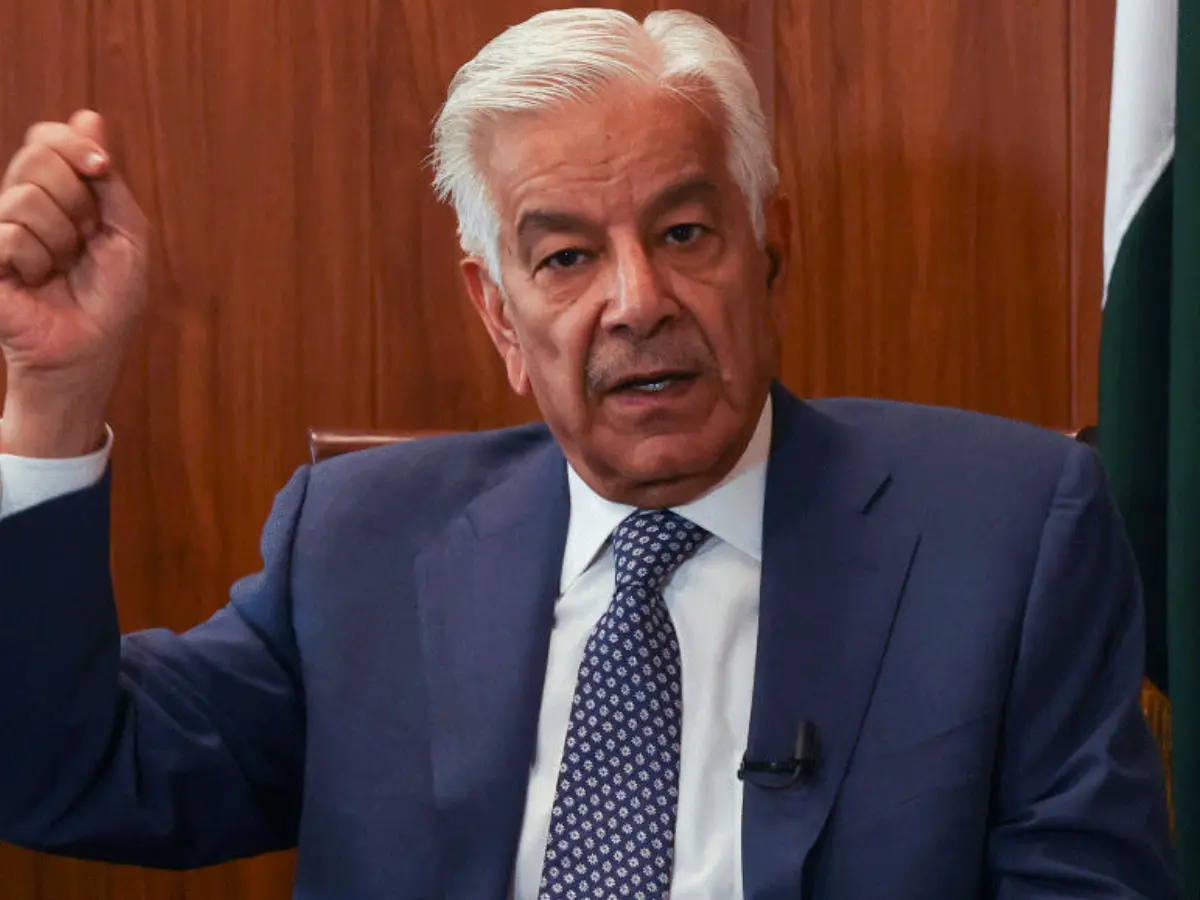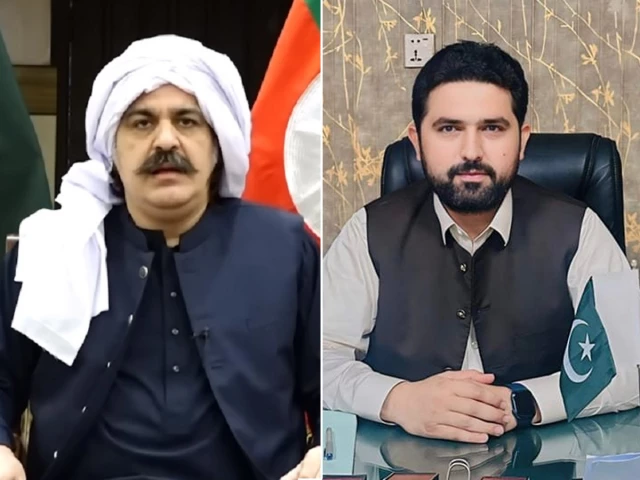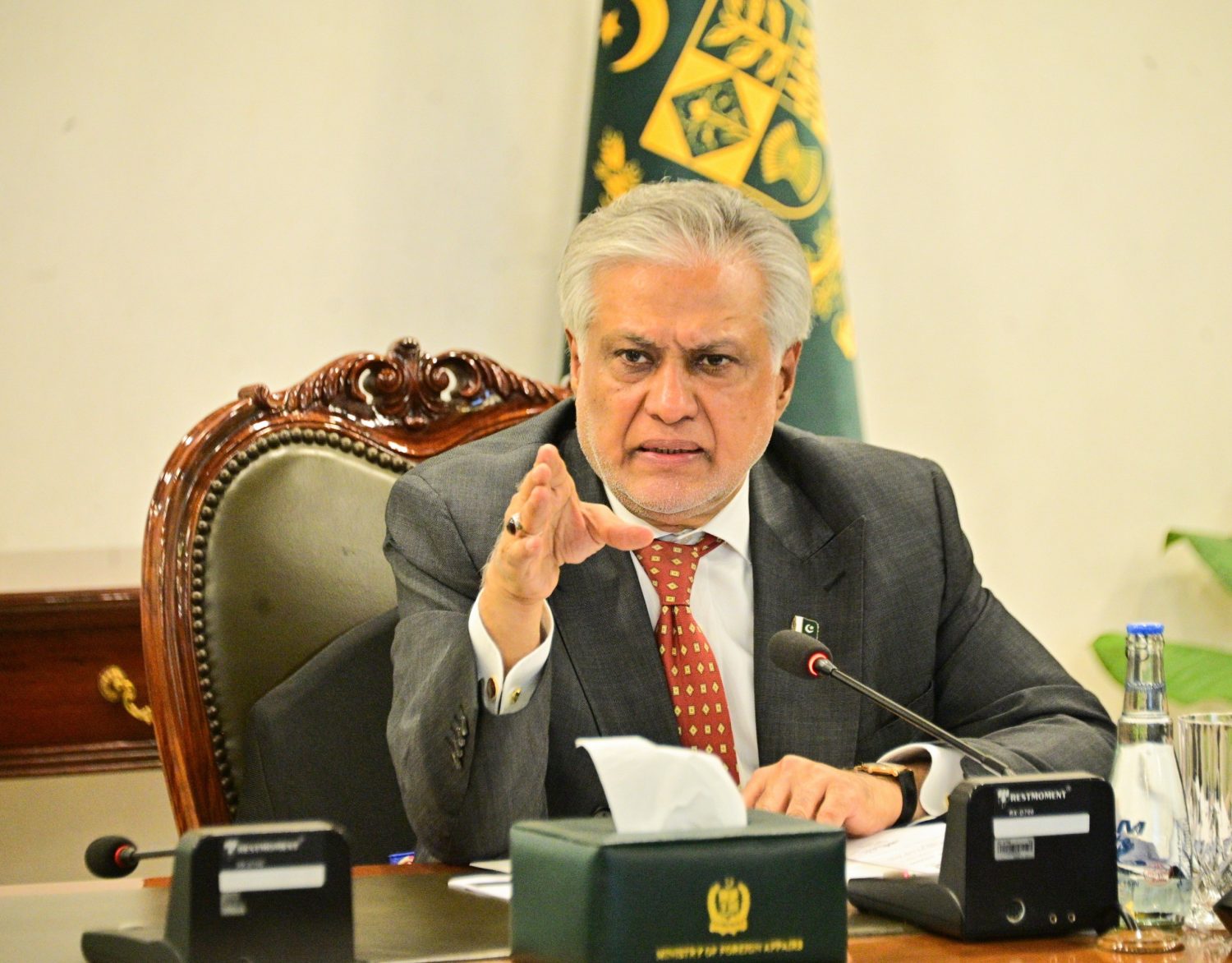With 16 Drivers’ and Teams’ World Championships combined, Williams are the third most successful team in Formula 1 history – behind Ferrari and McLaren.
But they haven’t won a title since 1997, and it has been 13 years since they last…

With 16 Drivers’ and Teams’ World Championships combined, Williams are the third most successful team in Formula 1 history – behind Ferrari and McLaren.
But they haven’t won a title since 1997, and it has been 13 years since they last…


Ollie Bearman was left delighted with his work in Singapore, having scored “super important” points for Haas with his ninth place finish.
The Briton started solidly in the top 10 after making it to Q3 on Saturday evening for the first time since…

Pakistani Defence Minister Khawaja Asif has once again stirred a controversy with his statement, as this time he claimed that India was “never truly united except under Aurangzeb”.
“History shows that India was never truly united, except briefly…

Taylor Swift certainly has “a lot going on…

Thomas Copeland
BBC Verify Live journalist
We’ve been seeing social media videos showing agents from US Immigration and Customs Enforcement (ICE) and protests against…

The leadership of Pakistan Tehreek-e-Insaf…

– Advertisement –
ISLAMABAD, Oct 08 (APP): Deputy Prime Minister/Foreign Minister (DPM/FM) Senator Mohammad Ishaq Dar on Wednesday gave directions for timely and effective implementation of projects for recovery, and reconstruction to ensure…

McLaren have experienced an extraordinary turnaround in their Formula 1 fortunes over the last few years, going from the rear of the field at the start of the 2023 season to earning back-to-back Teams’ Championship titles in 2025. F1.com charts…

Sky-watchers across Jersey were treated to a supermoon on Tuesday night.
A supermoon appears brighter and larger than other full moons in the evening sky and occurs when the Moon is at its closest point to the Earth.
The term was first coined in…